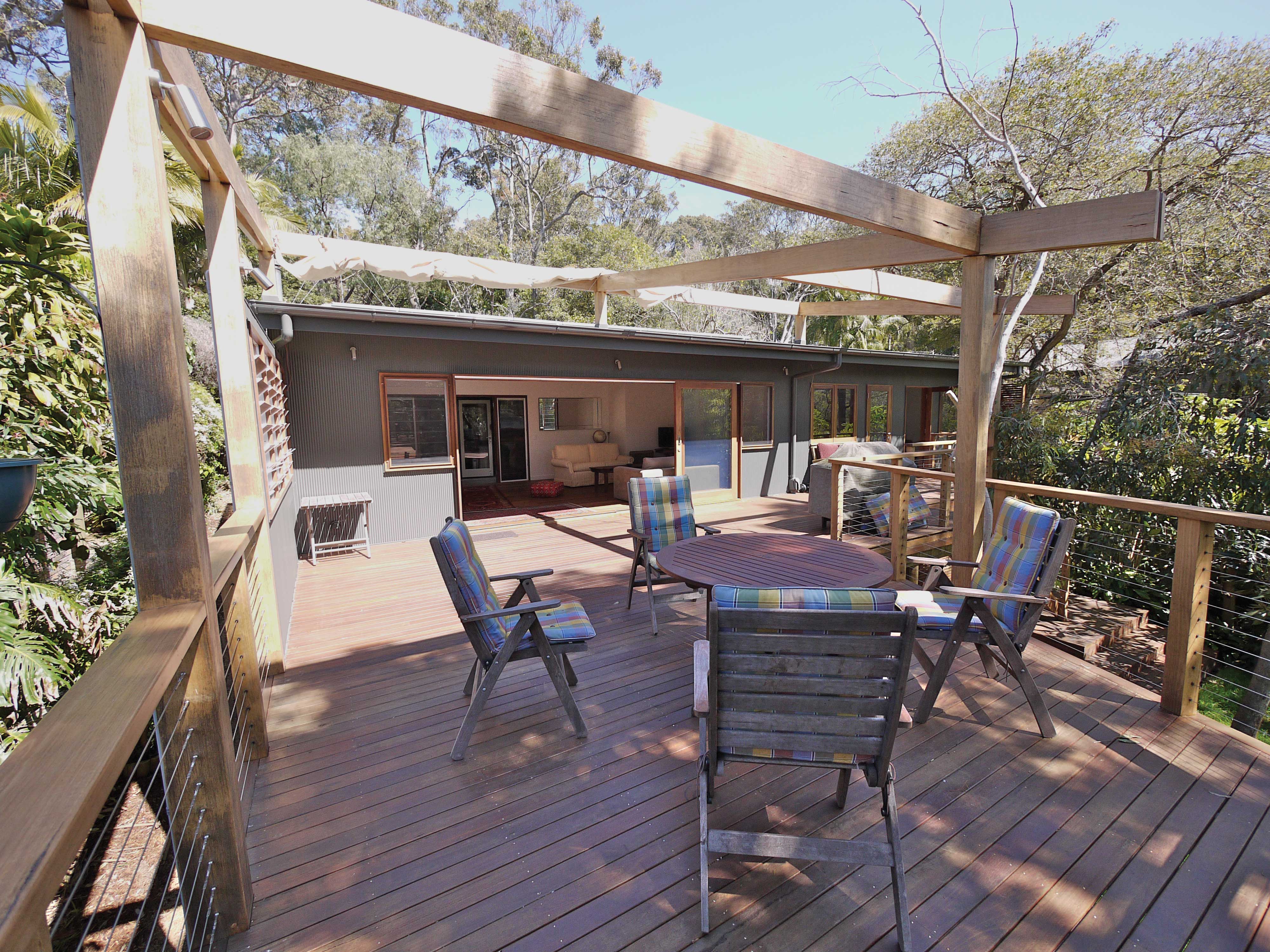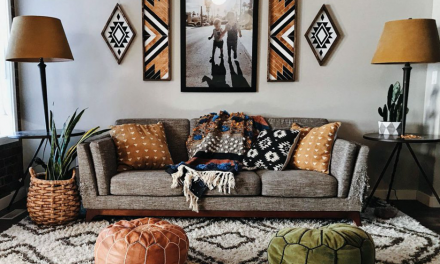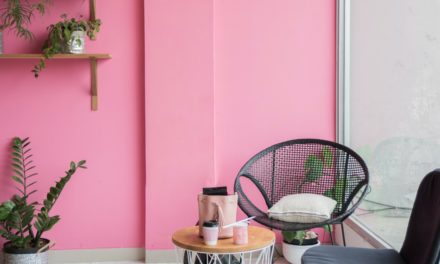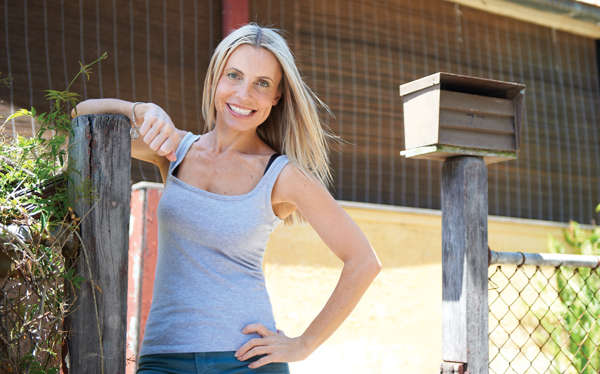‘Going green’ is undoubtedly a daunting prospect for many. Where making the move to a more sustainable lifestyle is often perceived as being time-consuming and overly expensive, some Sydneysiders may be inclined to give it a miss.
Dick Clarke, owner of design company Envirotecture and featured speaker at the ‘Speed Date a Sustainable Designer’ convention held at Paddington Town Hall on June 1, stepped on board to give us some hints on how to make a home environmentally happy, without the hassle, and the headache.
1. Examine how you live in the house.
Do you leave lights on constantly? Pump up the air conditioning excessively? Huddle religiously by the heater in winter? These are all obvious ‘dont’s’ when attempting to make your abode clean, mean and green. Simply managing how you live in your house can contribute to a space that is more environmentally aware. Consciously remember to switch lights on and off, and try to only heat or cool locally.
Maximise how your house can respond best to the changing weather outside by opening all doors and windows – increasing natural airflow – is an uncomplicated way to improve your sustainability quota. Heating devices and air conditioning units are detrimental to environment, especially when overused.
In autumn and winter, residents may be understandably reluctant to leave entrances open. However, houses that are not naturally warm can retain the cool air and stay really cold this autumn and winter; with some temperatures inside even dropping as low as a chilly 14 degrees.
Where the common response is to switch on the heater in order to pump heat into the building, Clarke suggests opening windows mid-morning, when the temperature has risen to the high teens or early twenties. There is no need for artificial heat when heat exists already outside.
2. Look at how your floor plan works.
There’s an old wives tale that suggests the ‘ideal renovation’ is to simply move furniture between rooms. Although definitely a disputable idea today, there may be some truth in this. Converting a north-facing bedroom into a living room may mean you’re able to catch more of that winter warmth and light in a communal living area. As the size of the windows in the ex-bedroom may be smaller than desired for a living space, you might want to increase the size of the north-
facing glasses.
Be mindful of making internal changes to improve airflow. Floor plans should always be able to be divided, or closed off, into at least two halves (for example; between living areas and bedrooms), and should never be open in this climate zone. If it’s a bigger house with two living areas, it would make sense to be able to individually close these off. Most houses have some opportunity to improve their sustainability, especially in terms of space heating and cooling.
3. Consider how your home is insulated.
Insulation is crucial and can be done to an already existing house. Just like an esky, insulation should be on all sides of the house, including the roof, walls, windows and floors. It can be anything from replacing walls with new, high performance double glazed units to putting films on glass windows and doors in order to quell uncontrollable summer sun and heat loss
in winter.
By Tess Gibney












